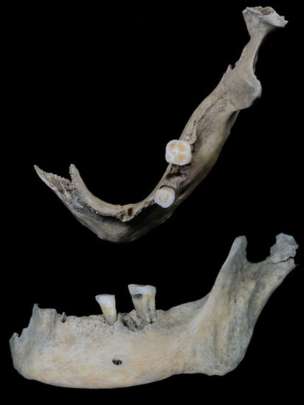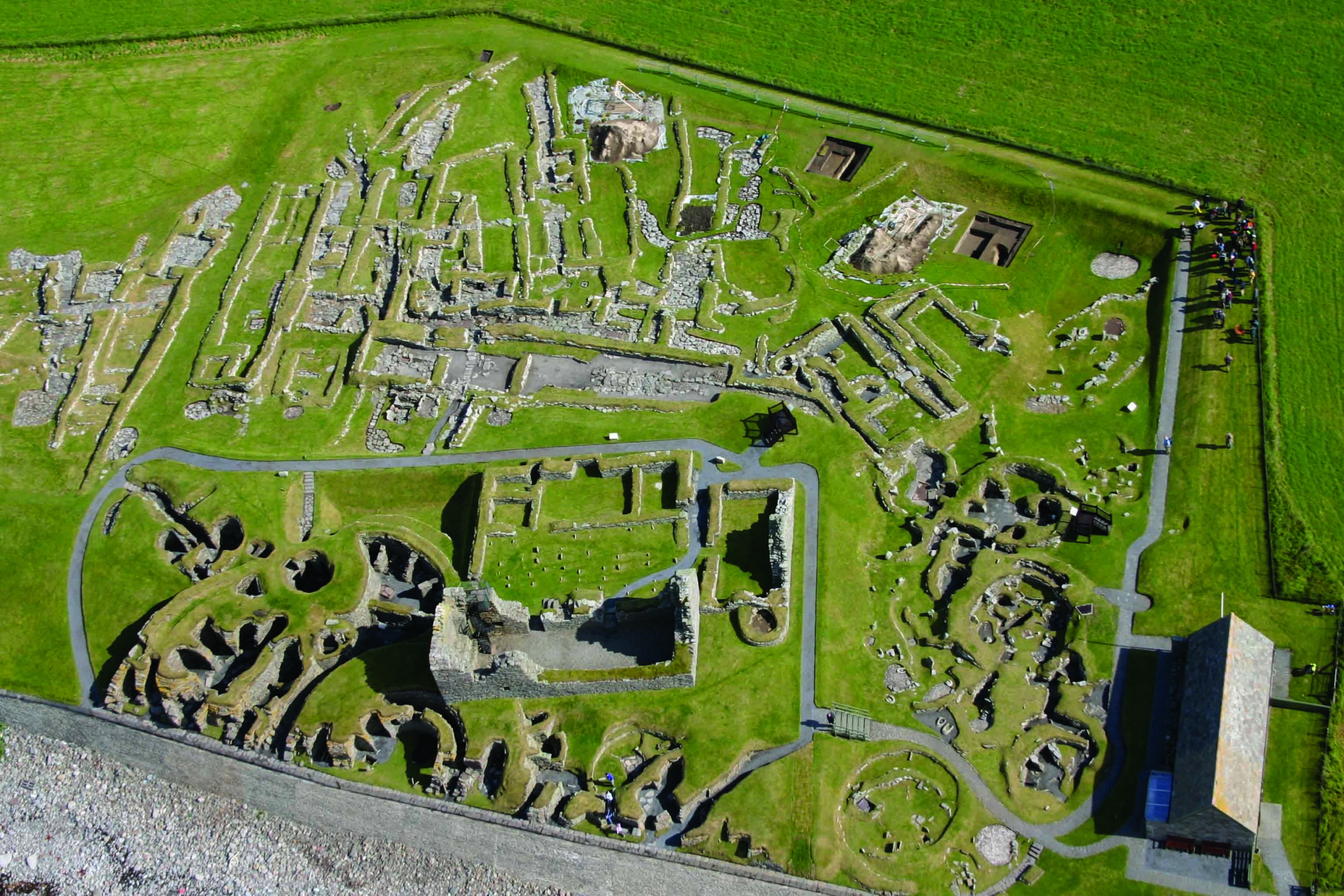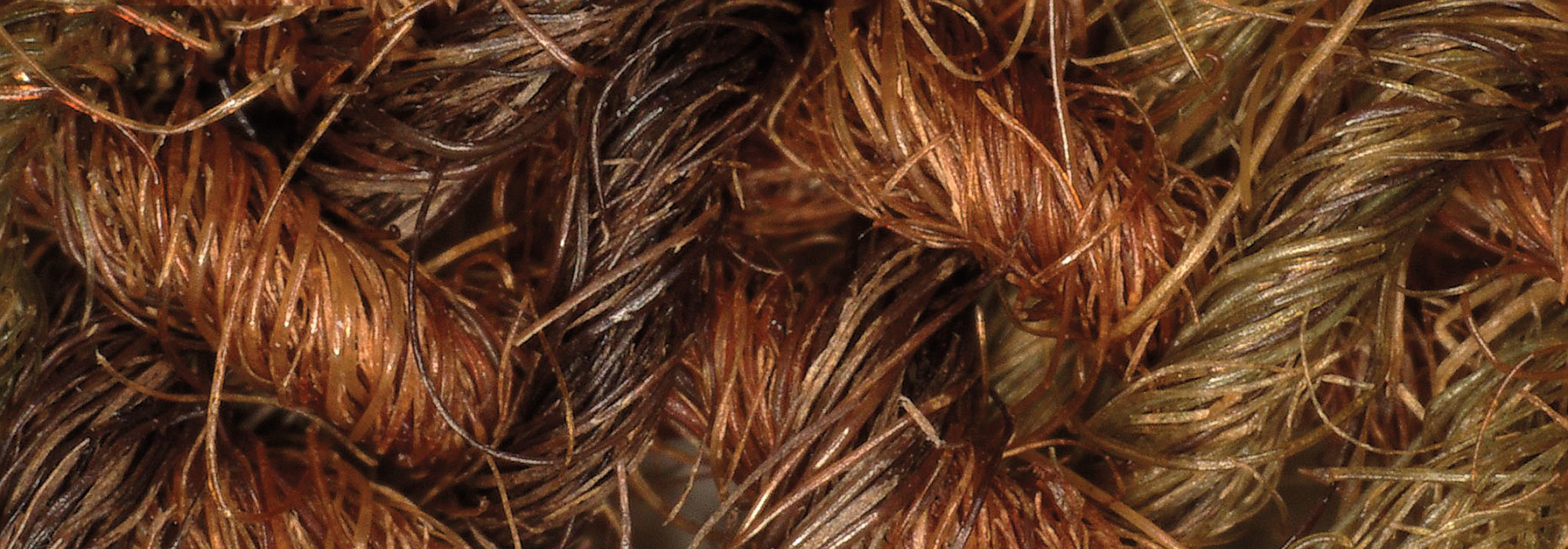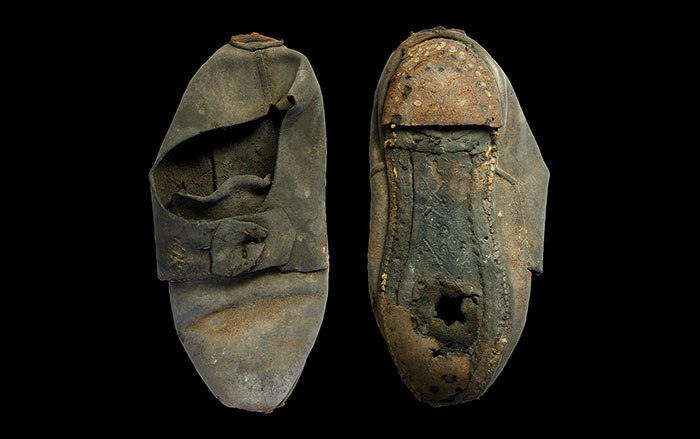
ORKNEY, SCOTLAND—BBC News reports that researchers from the University of the Highlands and Islands have analyzed a human jaw containing two worn teeth that was discovered earlier this year in a broch, or fortified roundhouse, at a site known as The Cairns. The jaw had been placed in a whalebone vertebra that had been shaped into a vessel and placed near the antlers of a red deer. The analysis indicates that the man had been at least 50 years old at the time of his death, which occurred sometime between A.D. 120 and 240. Bone had grown over the sockets of his missing teeth. The results of isotopic studies of human remains from this period usually indicate little fish in the diet, even in coastal areas, but this man had eaten a diet rich in fish. Site director Martin Carruthers suggests that the man may have been an important person whose death led to the special burial and the abandonment of the broch. For more on archaeology in Orkney, go to “Neolithic Europe's Remote Heart.”










